1. Newberry Springs, California
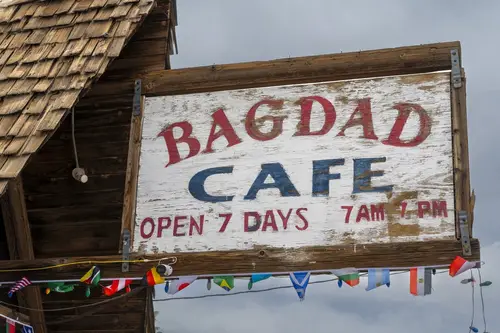
Newberry Springs sits along the historic Route 66 and has clung tightly to its desert town identity. Its retro roadside attractions, like the Bagdad Café, preserve the town’s mid-20th-century charm. Residents have deliberately resisted big-box chains and modern urban development. It’s a place that celebrates nostalgia, keeping Route 66’s quirky spirit alive.
The town also maintains historic gas stations and vintage diners that are now tourist landmarks. Locals encourage visitors to experience the small-town desert life rather than rushing through it. This commitment makes Newberry Springs a rare stopover that feels frozen in time. Their pride lies in preserving the unusual charm of a classic American road trip town.
2. Lancaster County, Pennsylvania
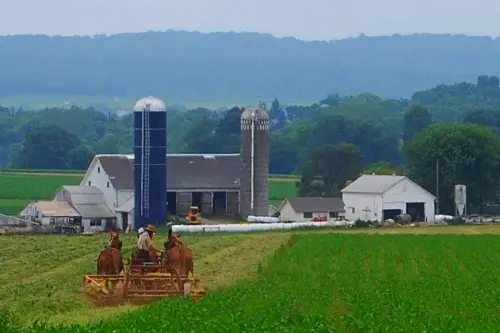
Lancaster County is a rural region famous for its Amish farms and rolling farmland. The residents have purposefully avoided modern technology in daily life, keeping horse-drawn buggies and traditional farming methods alive. Tourists often come to see the hand-built barns, artisanal crafts, and the simple pace of life. This county stands out because it’s one of the few places in the U.S. where a centuries-old lifestyle is still practiced widely.
The county has resisted suburban sprawl, despite being in the middle of a densely populated state. Local zoning laws protect farmland and historic structures, keeping the landscape largely unchanged. Seasonal festivals celebrate farming and traditional crafts, connecting visitors to the county’s heritage. Lancaster is proud of being a living time capsule where history feels tangible.
3. Amana Colonies, Iowa
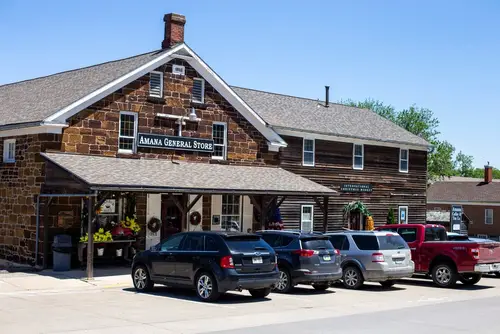
The Amana Colonies are a group of seven villages that date back to 1855. They retain cobblestone streets, original communal buildings, and traditional German-style homes. The community resists excessive modernization to preserve the look and feel of its heritage. Visitors can see craftsmen handmaking furniture and traditional foods that have been produced for over a century.
Though modern conveniences exist, the towns avoid flashy developments or chain stores. Festivals and local markets celebrate historical culture, encouraging people to embrace the old ways. Even the layout of streets and communal halls has been preserved. The Amana Colonies show how a place can resist modern trends while remaining functional.
4. Cades Cove, Tennessee
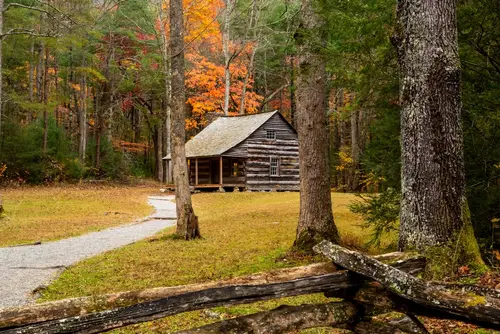
Cades Cove, in the Great Smoky Mountains, is a preserved valley full of historic cabins and churches. Settlers lived there in the 19th century, and the National Park Service has kept their buildings intact. Visitors can hike and drive around the valley while seeing an untouched slice of Appalachian history. Its appeal comes from being a complete pioneer-era community preserved in situ.
The area has resisted commercial development despite the park’s popularity. Rangers maintain historical integrity by limiting construction and modern alterations. Events like traditional harvest demonstrations keep the old ways alive. Cades Cove is proud to serve as a living museum without changing its historic character.
5. Marfa, Texas
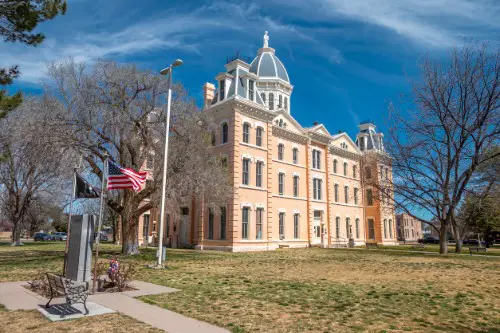
Marfa is a tiny desert town in west Texas that has become known for art and minimalist architecture. Residents have kept its small-town feel despite an influx of tourists and artists. The town has resisted big commercial chains, keeping local businesses thriving. Marfa’s residents intentionally preserve wide-open spaces and historic buildings for aesthetic and cultural reasons.
The town’s famous Prada Marfa installation and Chinati Foundation coexist with traditional desert life. Zoning laws ensure the desert landscapes remain unobstructed. Residents celebrate both history and modern art without letting either overwhelm the community. Marfa’s pride comes from maintaining a delicate balance between heritage and creative innovation.
6. Eureka Springs, Arkansas
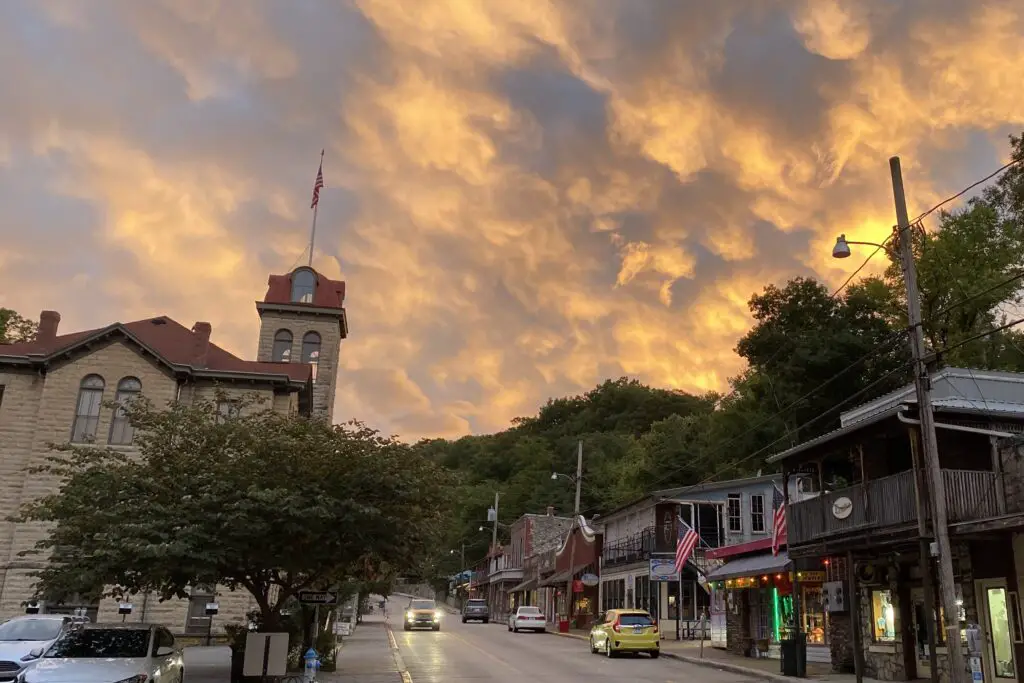
Eureka Springs is a Victorian-era town with winding streets and architecture that is largely untouched. The town refuses to modernize its downtown with chain stores, preserving its quirky and historic vibe. Visitors walk past gingerbread-style homes and old hotels that look like they came straight out of the 19th century. The community’s charm comes from keeping history visually intact.
Eureka Springs hosts festivals that celebrate arts, music, and local traditions. Its refusal to modernize aggressively has made it a tourist destination without losing authenticity. Residents value sustainability and historical integrity over short-term economic gain. The town is proud of its old-world streets and distinctive look.
7. Bisbee, Arizona
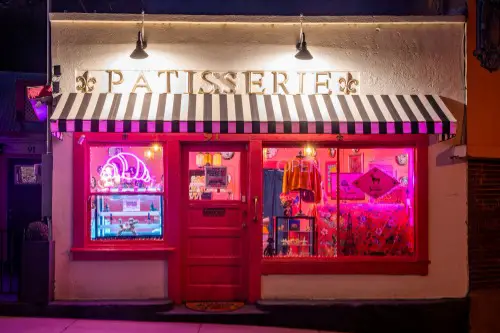
Bisbee is a former mining town nestled in the mountains, keeping its historic character despite becoming an arts hub. The town’s colorful hillside buildings and narrow streets remain largely unchanged. Local laws discourage large-scale development, preserving the feel of a historic mining settlement. Tourists explore galleries and coffee shops tucked into century-old structures.
Bisbee residents are committed to maintaining the town’s small population and historic streets. The mines are now museums, and walking tours highlight the town’s history. This town shows how places can evolve in culture while freezing architectural history. Bisbee proudly showcases its past as a living, functional town.
8. Carmel-by-the-Sea, California
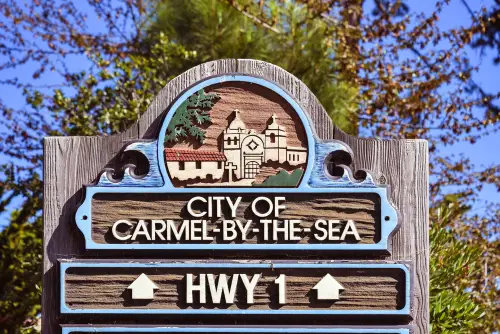
Carmel is a coastal town known for its fairy-tale cottages and strict building rules. The town refuses to allow chain businesses, maintaining independent shops and galleries. Walking the streets feels like stepping into an artistic storybook. Residents protect the natural beauty of the beaches and preserve historic homes.
Carmel’s city council carefully controls new construction to keep the town’s small scale. Landscape and architecture guidelines prevent overdevelopment. Events like arts festivals celebrate creativity rooted in tradition. The town’s pride comes from maintaining a picturesque, timeless charm.
9. Point Roberts, Washington

Point Roberts is a U.S. peninsula cut off by Canada, creating isolation that its residents treasure. The community resists large developments that could disturb their self-sufficient lifestyle. Fishing and small farms dominate the economy, reflecting the community’s attachment to tradition. Being geographically separated encourages a tight-knit, unchanged town atmosphere.
Infrastructure remains minimal, helping to preserve the town’s character. Locals intentionally avoid over-commercialization to maintain tranquility. Its unusual location keeps modern pressures at bay. Point Roberts is proud of being a secluded and unique slice of America.
10. Sedona, Arizona
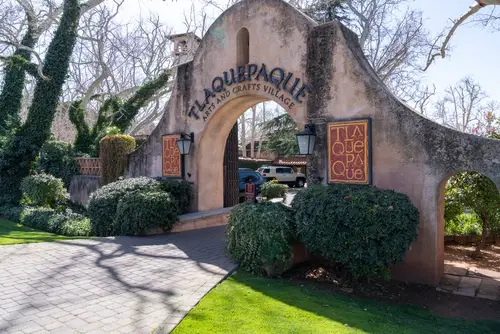
Sedona is famous for its red rock formations, but the town has deliberately limited development to preserve natural beauty. Scenic vistas, hiking trails, and open land are protected from heavy construction. Tourism is encouraged in a way that emphasizes the landscape, not urbanization. Residents are proud that the scenery remains largely unspoiled despite popularity.
The Sedona Verde Valley Dark Sky Coalition minimizes light pollution to protect night skies. Locals organize art events and eco-tourism, blending modern enjoyment with conservation. The community is committed to preserving natural aesthetics above commercial gain. Sedona’s beauty and traditions continue because people refuse to let growth erase them.
11. New Harmony, Indiana
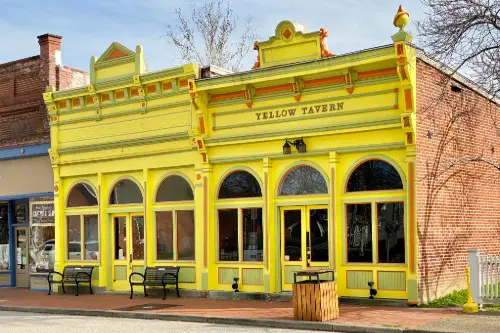
New Harmony was founded as a utopian town and keeps much of its original architecture intact. Its historic buildings, like the Roofless Church, and open spaces preserve a 19th-century experimental community. Residents avoid high-density development, maintaining the small-town feel. The town celebrates intellectual and cultural heritage through museums and tours.
Educational programs reinforce the history of communal living and innovation. Street layouts, gardens, and historic homes remain protected. New Harmony resists trends that would compromise its founding ideals. Its pride lies in being a tangible example of utopian history.
12. Coloma, Wisconsin
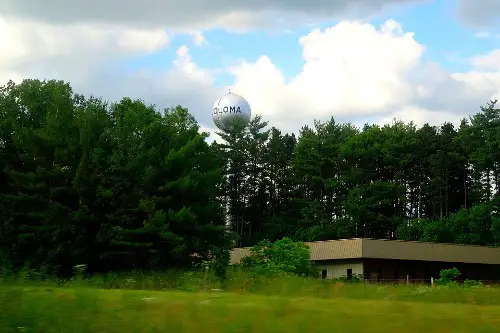
Coloma is a tiny Wisconsin village that has kept its rural landscape intact. Locals resist modern commercial development, preserving farmland and traditional homes. Annual festivals celebrate local history and agriculture. Visitors can see a community largely untouched by modern urban sprawl.
Zoning rules protect historic structures and limit large developments. Coloma values maintaining its identity over rapid growth. Schools, churches, and small businesses keep the town tightly knit. Residents take pride in preserving a classic rural American town.
13. Orange City, Iowa
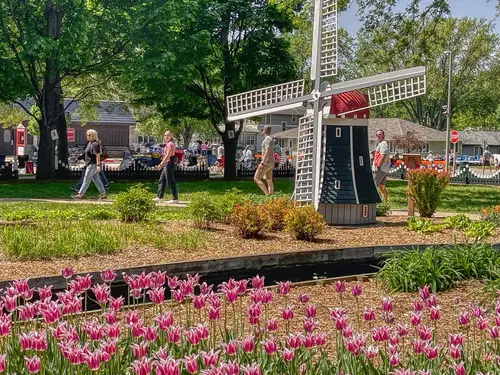
Orange City has preserved Dutch architecture and annual Tulip Festival traditions. The town intentionally avoids modern chain stores to maintain a cohesive historic look. Walking through the downtown feels like stepping into an old European village. Community pride revolves around cultural preservation and family-oriented life.
Schools and churches maintain community traditions and values. Historic buildings are carefully restored rather than replaced. Orange City blends small-town charm with strong civic identity. Residents intentionally maintain continuity across generations.
14. Wallace, Louisiana
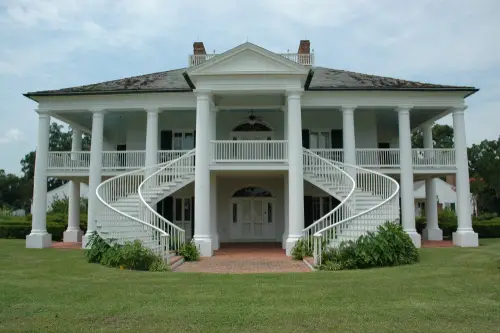
Wallace is a historic African American town founded after the Civil War. It has resisted large industrial encroachment to maintain its community and heritage. Locals organize to preserve the town’s culture, land, and environmental integrity. Its historic churches and homes remain central to community identity.
Environmental activism and cultural projects protect the town from overdevelopment. Wallace showcases how a small town can maintain history despite modern pressures. Community events reinforce pride and continuity. Residents celebrate their heritage while keeping the town intact.
This post 14 American Communities That Refuse to Change — And Are Proud of It was first published on American Charm.


